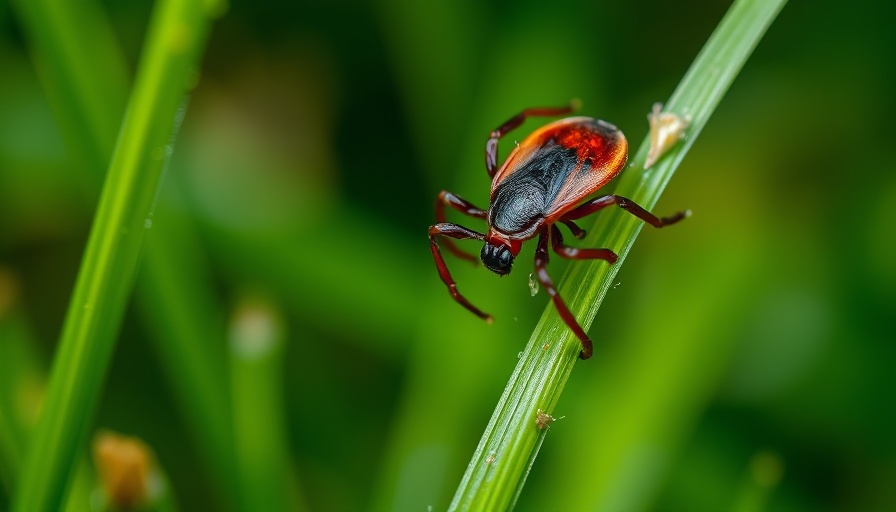
The Growing Concern: Ticks and Climate Change
The world is witnessing a significant shift in biodiversity, largely attributed to climate change. As temperatures rise and winter months shorten, ticks are changing their behavior, becoming more active for longer periods. A recent survey session led by Montana biologist Grant Hokit reveals the impact of these changes. By using a handmade device to collect ticks along trails, Hokit emphasizes the importance of understanding the tick population amid growing climate concerns. What he uncovers can play a pivotal role in health risk assessments and public health initiatives.
Understanding the Threats: New Tick Species on the Rise
Among the ticks found during these surveys is the deer tick, a species notorious for spreading Lyme disease. This tick was identified for the first time in northeastern Montana earlier this year. Dr. Neil Ku, an infectious disease specialist in Billings, stresses that many patients don’t associate their symptoms with recent tick bites. Symptoms like fever, chills, and fatigue can be mistaken for common infections, making it essential for clinicians to be aware of local tick populations to provide accurate diagnoses.
The Role of Public Health Surveillance
Tracking tick migrations and species is critical in the ongoing fight against tick-borne diseases. Epidemiologists like Devon Cozart from the Montana Department of Public Health and Human Services collect and analyze ticks to check for pathogens. This proactive approach not only aids in informing health professionals but also assists in implementing preventive measures across communities. As Cozart articulated, understanding the tick population is vital for improving patient outcomes and preparedness in the healthcare system.
Implications for Residents: What Can You Do?
The increasing tick population in Montana poses a new challenge for residents and outdoor enthusiasts. It is crucial for individuals to take preventive steps, such as checking for ticks after outdoor activities and recognizing the early signs of tick-borne illnesses. Local health departments can provide resources and educational materials to empower communities to engage effectively in tick surveillance. Additionally, public awareness campaigns can inform people about tick safety, prevention strategies, and how to properly document and report tick bites.
Community Collaboration: Joining Forces for Public Health
Building awareness around the emerging threats posed by ticks requires collaboration between public health officials, researchers, and local communities. Engaging local organizations and outdoor recreational groups can create comprehensive community-based initiatives aimed at reducing tick-related health risks. The synergy between scientific research and community efforts can foster a culture of vigilance and preventative practices that will be essential as ticks continue to migrate and spread diseases.
Future Predictions: What Lies Ahead?
Experts maintain that the trend of ticks expanding their range will likely persist as climate conditions continue to change. New research findings may reveal not only altered tick behavior but also the emergence of additional diseases in various regions. This growing body of evidence indicates a pressing need for public health sectors to adopt preventive strategies tailored to local environments. Adaptation and ongoing education can be the keys to mitigating risks as communities navigate this evolving challenge.
Final Thoughts: Awareness is Key
The migration of ticks carries serious implications for public health across the U.S., particularly in states like Montana. Staying informed about local tick populations, understanding potential health risks, and taking preventive measures are critical in adapting to this environmental change. As communities work together to address tick-borne illnesses, the collective awareness can help diminish risks and promote a healthier future.
 Add Row
Add Row  Add
Add 



Write A Comment